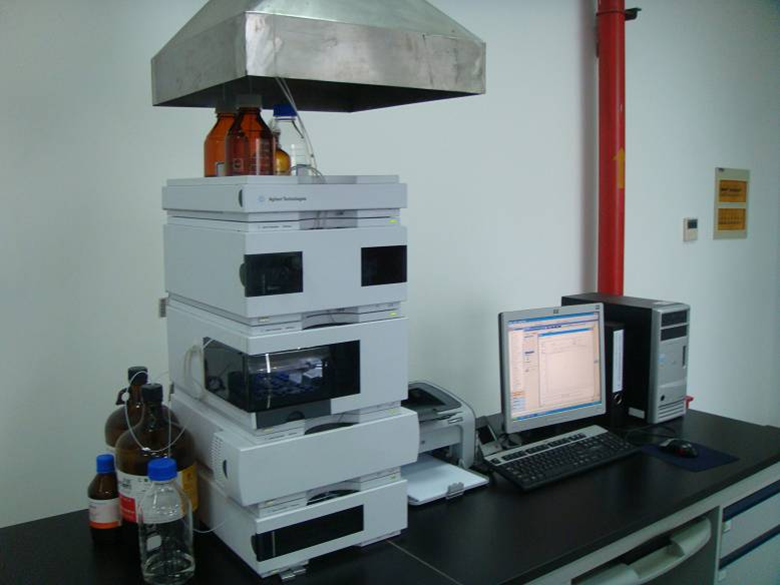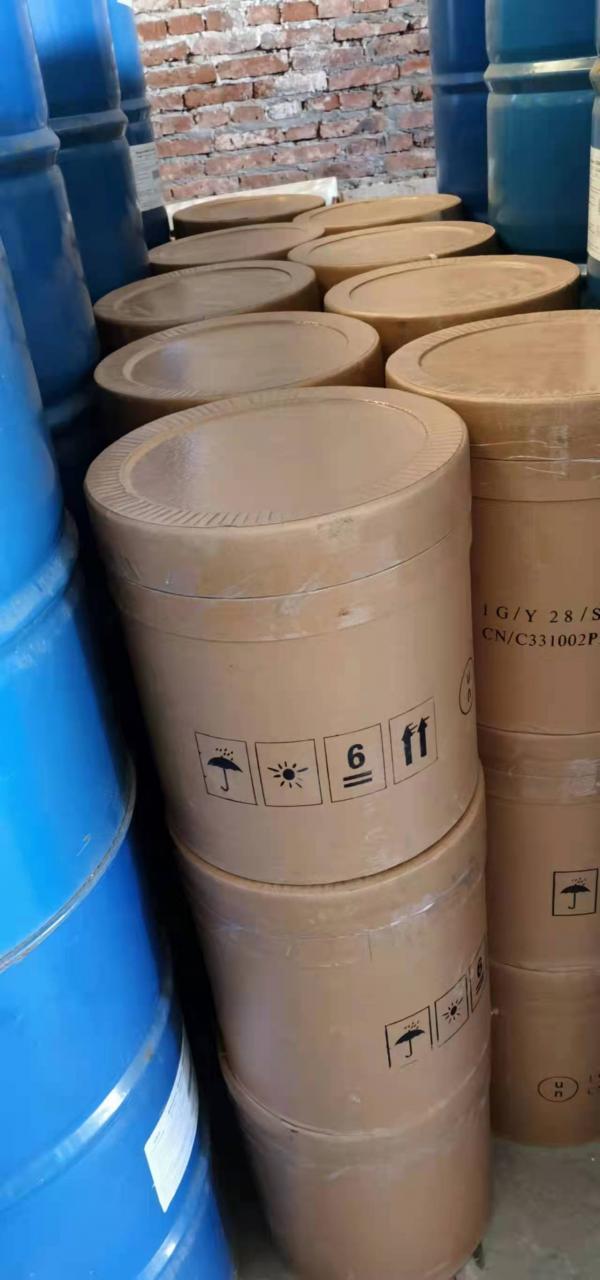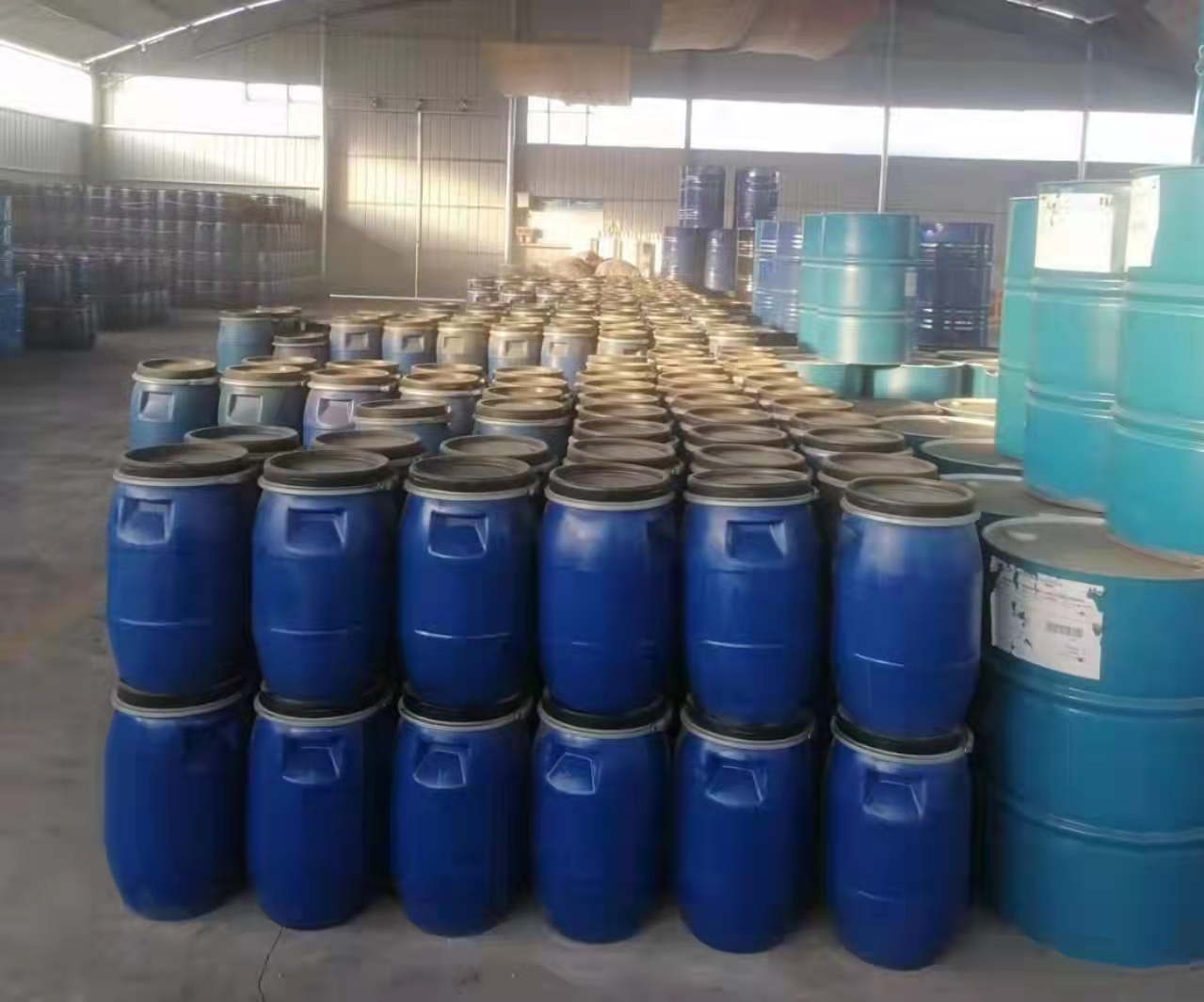Polyurethane, short for polyurethane, is a new generation of synthetic polymer material. It has certain advantages in mechanical properties and physical and chemical properties. By selecting different numbers and types of functional groups and corresponding synthesis processes, various forms of polyurethane products can be made. Each has its own advantages, ranging from wear resistance to high gloss, high elasticity, softness, adhesion and other high-advantage features. new synthetic material products.

Polyurethane refers to the general name of polymer compounds containing many repeating picture groups on the polymer backbone. Generally, polyurethane is composed of binary or polyvalent organic isocyanates and polyol compounds (polyether polyols or Polyester polyol) interacts with each other. The number of functionalities of the material is different and it can be made into a polymer with a linear structure or a body structure. When both the organic isocyanate and the polyol compound have two functional groups, a polymer with a linear structure can be obtained. On the contrary, when one or both of them, part or all, have three or more functional groups, a polymer with a linear structure will be obtained. Polymers with synthetic body structures. Due to differences in structure, these polymers lead to huge differences in performance. They can be various products such as plastics, rubber, fibers, adhesives, foams, etc. Therefore, polyurethane uses these characteristics to replace traditional products in life, and takes advantage of the corresponding price or excellent performance to slowly integrate into various industries, including but not limited to building materials, decoration, industry, coatings, medical and other aspects.

The polyurethane industry generally includes raw material processing, polyurethane product processing and manufacturing, polyurethane equipment processing and manufacturing, polyurethane mold processing and manufacturing, etc. The initial polyurethane industry was developed in Germany in the 1970s through the commercialization and development of polyurethane products through polyurethane two-component liquid reaction molding technology. This technology is RIM-PU technology. This reaction injection molding technology has gradually replaced the earliest process of completing polyurethane products directly through two-component liquid injection through secondary melt molding of polymer particles. The reason why RIM-PU can promote the development of the polyurethane industry is that it has low-cost, high-efficiency, and high-capacity industrial production capabilities, pushing the polyurethane industry to the assembly line production step.
A brief description of the mechanism of polyurethane two-component liquid reaction molding process:

Including gel reaction, exothermic reaction, foaming reaction, endothermic reaction, and cross-linking reaction, it can be simply understood as: in inorganic chemical reactions, acid-base neutralization reactions generate salt and water; organic chemical reactions In the process, alcohol and acid undergo esterification reaction to generate polyurethane (urethane) and gas (CO2). Isocyanate (NCO) is weakly acidic, and polyester polyol or polyether polyol (OH) is weakly alkaline. The gel reaction and foaming reaction rates can be controlled by amine-tin catalysts, supplemented by temperature regulation. The uniformity of cells is controlled by silicone surfactants, and the number and size of cells can be adjusted by adding foaming agents.
These basic ingredients include:
Polyether, ester, polyol—main reaction raw materials
Polyisocyanates (TDI, MDI, PAPI, etc.) – main reaction raw materials
Water��—Chain extender, and also the source of raw materials for generating carbon dioxide bubbles
Cross-linking agent – improve mechanical properties, elasticity, etc.
Catalyst (amino tin) – catalytic gel, foaming rate
Foam stabilizer – stabilizes the foam and controls the size of the pore structure
Foaming agent – after vaporization, it becomes a source of bubbles and can accelerate heat dissipation and avoid high core temperature
Flame retardant – improve flame retardant performance
Pigment – color
Release agent
Wait